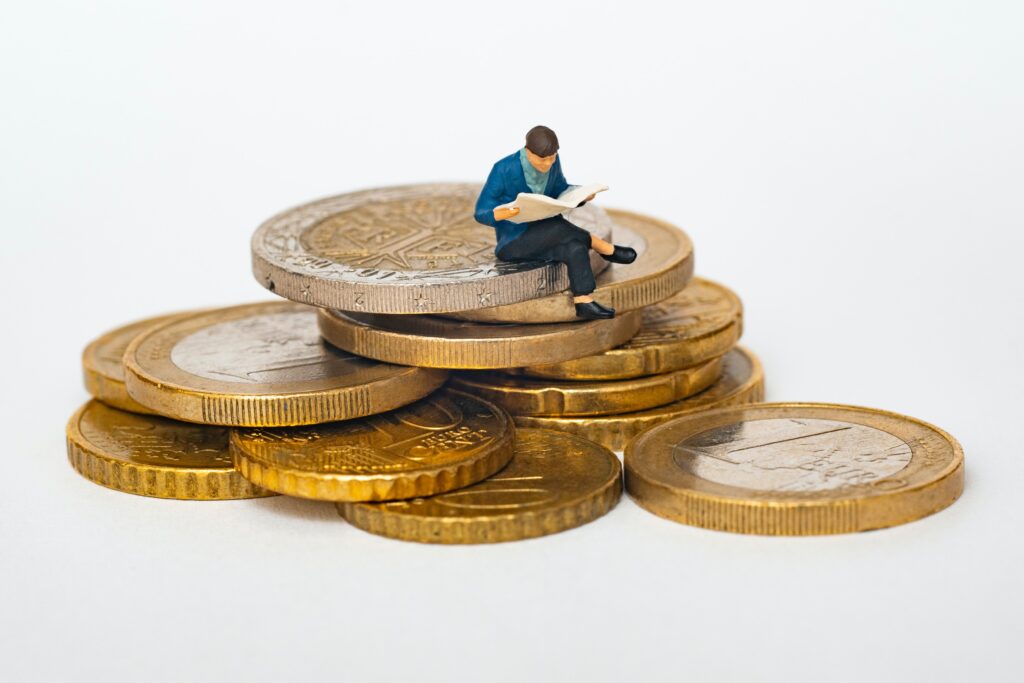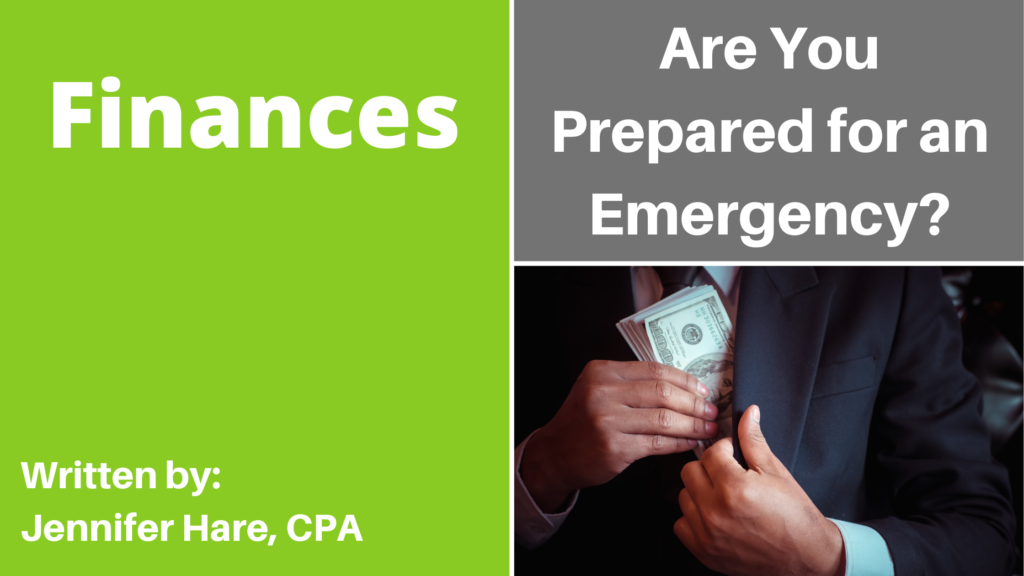We are bombarded every day with conflicting advertising when it comes to how best to use our money. While watching TV or scrolling through social media, it is common to see an ad enticing you to buy the latest item that will make your life easier followed by another ad asking if you are financially prepared for the future. Combine the conflicting advertising with the popular theme of YOLO (you only live once) and increasing costs, it is not really surprising that many people are not prepared for a future emergency.
Why you have an Emergency Savings
Unfortunately, it is all too common for us to hear stories almost daily of emergency type situations that are impacting people around us. So why do we lean towards not being prepared for a future emergency ourselves? Sometimes we believe that the situation won’t happen to us or we don’t want to spend time thinking about the worst-case scenario. While it is difficult to spend time thinking about the negative things that might happen in our lives, it is much more difficult to be caught in one of these situations and not be prepared. Having some sort of Emergency Savings Account can truly help make one of your worst days a little better by allowing you to focus on the emergency rather than the finances.

Types of Emergency Savings
There are many financial options available to help you be prepared for a future emergency. Here are a couple examples:
- Life Insurance: This is a product many people don’t think about until it’s much too late or when a disaster has happened to a close friend or family member. Term life insurance is often reasonably affordable and can be a huge benefit in the event of death of a spouse or parent. If you have someone who depends on you financially, now is the time to look into purchasing a life insurance policy to help in the event of your untimely death.
- High Interest Savings Account: This is an account that can be opened through most banks and credit unions. You put money into this account and earn a higher rate of interest than you would in a regular operating or savings account. You can even set the account up to make it a little harder to access. Banks can often make accounts not viewable on your debit card or even on your online account to help you avoid dipping into this emergency savings account.
- Line of Credit or Home Line of Credit (HELOC): While this type of emergency savings can be controversial, it can be helpful in case of a real emergency. Having a Line of Credit available when you are in an emergency situation can help ease the question that often arises, “Where am I going to get the money to pay for this?” Caution does need to be used with this option as it is very easy to end up with unexpected debt if you use this account for every day expenses rather than emergency expenses.
How much should I have in an Emergency Savings Account?
The size of an Emergency Savings Account will look a little different for each person because each person’s financial impact from an emergency is different. Typically, when we think of emergency, we think of a situation that creates an unexpected negative result. For you that might be the loss of a job, your car breaking down or illness in the family. In each of these situations the amount of money required to cope would be very different for each person. This is where the rule of thumb has come from about having three to six months of expenses in a savings account. If you have no money saved at all and find yourself living on a tight budget, three to six months might seem impossible right now. Even a small regular contribution can add up to become a hefty Emergency Savings Account. Having the discipline to put a regular contribution of $10 a week into a savings account will get you $520 in just one year. While this may not equal 3 to 6 months of expenses, it is a start and will be of assistance when an emergency car repair is required.

If you are fortunate enough to have something in savings but not quite three to six months of expenses, this is your nudge to challenge yourself to increase that amount. Take some time to determine how much you currently have in savings and how much more you need to get yourself to three to six months of expenses. Once you know how much more you need saved you can work towards that new savings goal by following the same idea from above about putting away a little each pay.
Start an Emergency Savings Account or Pay Down your Debt?
The answer is typically both at the same time. While this may feel impossible, there is actually good reason to work on both your savings and your debt at the same time. If you find yourself with debt and no savings, it is recommended that you work on a financial plan that has you paying down your debt while putting a little away into a savings account. While it is tempting to take all your available money and pay down your debt, taking an approach that allows you to save a little while paying down your debt can help avoid going further into debt if you find yourself in another emergency situation. If you have debt and enough savings to cover a reasonable emergency, it may be a better approach to take the amounts you are contributing into savings and allocate it to the outstanding debt instead. Take the time to do some analysis to make your money work best for you.
Life is unpredictable and emergency situations happen. By preparing yourself financially now for a potential future emergency, you can allow yourself the ability in the future to focus on the emergency rather than the finances and the emergency at the same time.
Written by: Jennifer Hare, CPA
If this article has motivated you and you want more information on how to create a plan to increase your emergency savings account, please feel free to reach out to Jennifer. https://linktr.ee/financecoachjennifer




